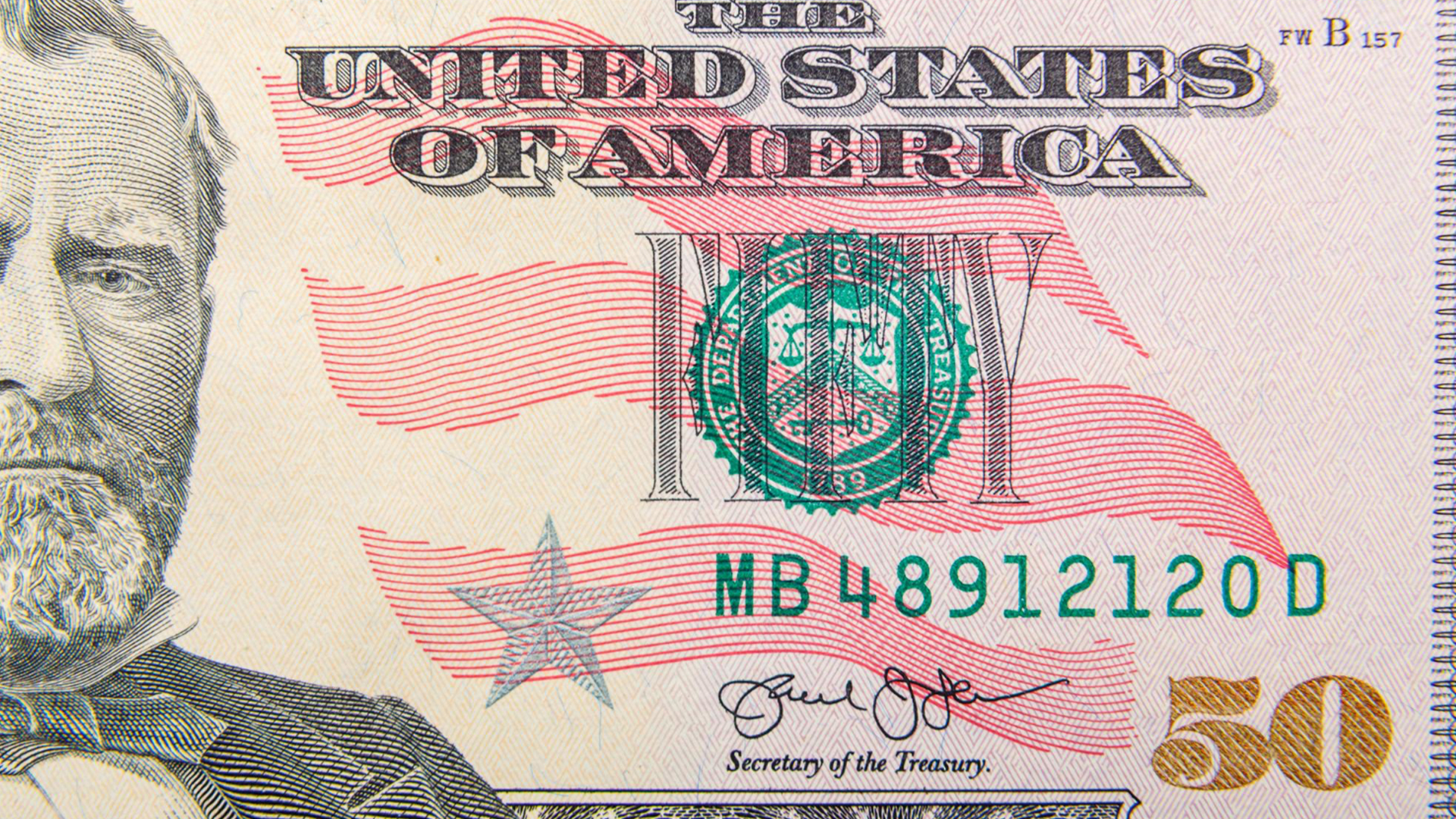The Australian Dollar (AUD) showed consistent strength against other currencies as it rose to an 8-month high against the USD, despite risk-off sentiment. The currency strengthened due to RBA monetary policy, a rise in commodity prices and strong economic data.
The Reserve Bank of Australia kept interest rates unchanged in their previous meeting, which was a surprise decision after markets were expecting a rate cut. China’s exports were robust, supported by shipments to non-US markets. This supported the AUD as Australia is a major trading partner with China.
Strong Labor Market
In May, employment in Australia fell by 2500 jobs, well below the market’s expectation of 22,500. This decline followed a robust increase of 87,600 jobs in April. Despite the fall in employment, a marginal easing in the participation rate allowed unemployment to remain unchanged at 4.1% for a fifth consecutive month. ⁽¹⁾
The unemployment rate has been flat since the beginning of the year at 4.1%. This is a historically low figure. Pre-Covid, unemployment in Australia was holding at or above 5%. The current figure is less than 1% higher than the record low of 3.4% from October 2022.
The RBA is most likely looking for a rise in unemployment or other clear signs of a weakening job market to garner more confidence to cut rates further. ⁽²⁾
This stability indicates strong labor demand, supporting consumer spending and economic activity. A tight labor market also sustains inflationary pressures, reducing the RBA’s urgency to cut rates.
The upcoming jobs data will be released on Thursday July 17th, with a forecast of 20,000 jobs added to the Australian economy, with the unemployment rate expected to remain steady at 4.1%. If the data comes in weak, it could lead the RBA towards a more dovish shift at their next monetary policy meeting. ⁽³⁾
RBA’s Cautious Monetary Policy
The Reserve Bank of Australia surprised markets with their interest rate decision on July 8th. While the central bank was expected to cut rates, it kept them unchanged at 3.85% instead.
Inflation came in at 2.4% in Q1, between the RBA’s target range of 2-3%, with pressures rising from electricity costs, causing the central bank to maintain price stability. ⁽⁴⁾
RBA Governor Bullock stated risks from rising labor costs and weak productivity, while Deputy Governor Hauser highlighted global economic uncertainties that emerged from trade tariffs. ⁽⁵⁾
The RBA’s cautious stance indicates that interest rates might remain on hold in the August meeting to ensure inflation targets are met.
Rise in Commodity Prices and China Trade Optimism
Australia is a major exporter of iron ore, coal, copper and other resources. As such, the AUD tends to be correlated with the price movements of these commodities. After copper prices rose last week when US President Trump announced tariffs on copper imports, demand for Australian exports rose, thus supporting the AUD.

Source: MacroMicro. Chart Showing the Correlation Between AUD/USD and Copper Futures YTD
China’s exports growth beat expectations in June, supported by robust shipments to non-US markets and as a temporary reprieve from US tariffs helped slow the decline in goods sent to America.
Exports jumped 5.8% in June with a trade surplus that widened to $114.77 billion, up from May’s $98.94 billion and exceeding estimates of a 5% rise. ⁽⁶⁾
Imports climbed 1.1% from a year earlier. While missing economists’ expectations of a 1.3% rise, that marked the first time that imports have grown this year, reversing the trend of declining imports this year amid sluggish domestic demand. ⁽⁷⁾
Furthermore, Australian Prime Minister Anthony Albanese reportedly had a very successful conversation in reaching a deal with Chinese steelmakers and Australian iron ore producers in Shanghai. ⁽⁸⁾
Looking Ahead
The Australian Dollar rose 0.7% last week to 0.65944, reaching an 8-month high as the AUD received support from the RBA and positive data from China. The RBA’s higher rates compared to other central banks create a yield advantage, making the AUD attractive for carry trades. ⁽⁹⁾
A more stable global economy also favors risk-on sentiment, benefiting commodity-linked currencies like the AUD. However, global trade developments, such as US tariffs on copper, and upcoming Australian labor market data could impact the AUD’s performance.



